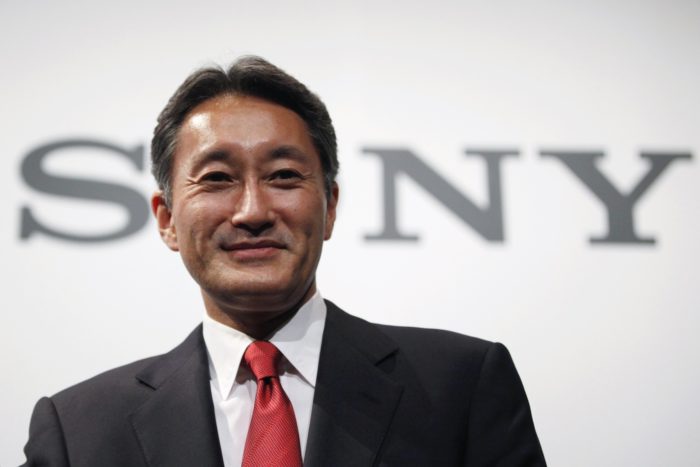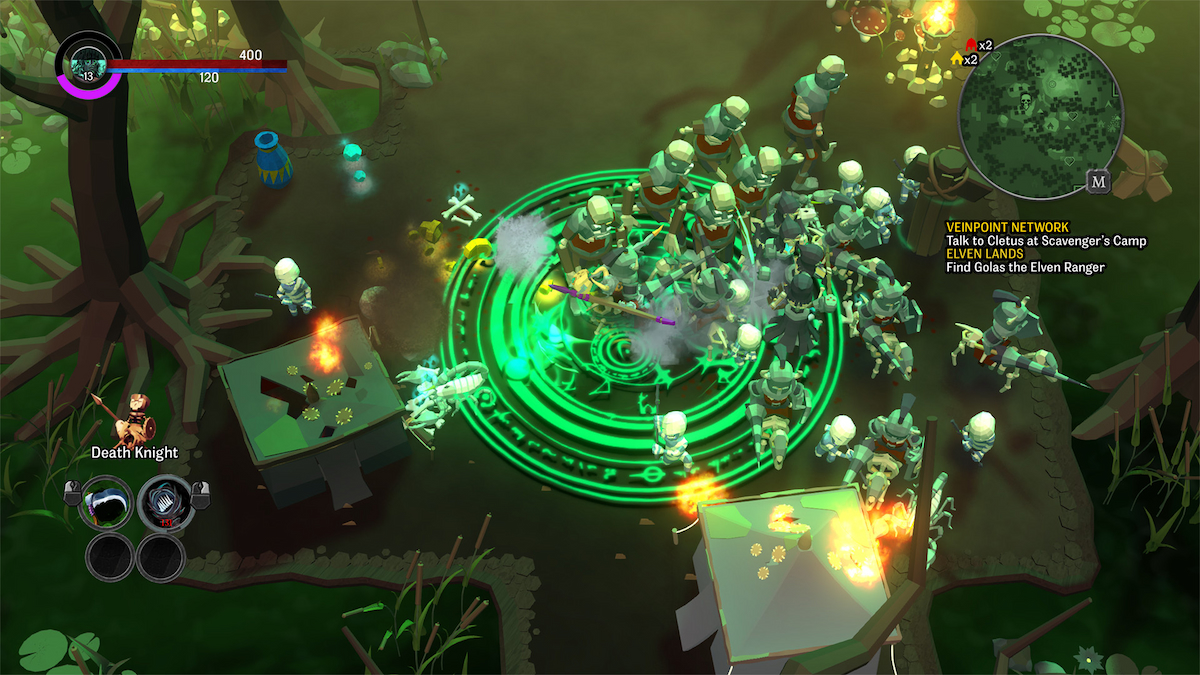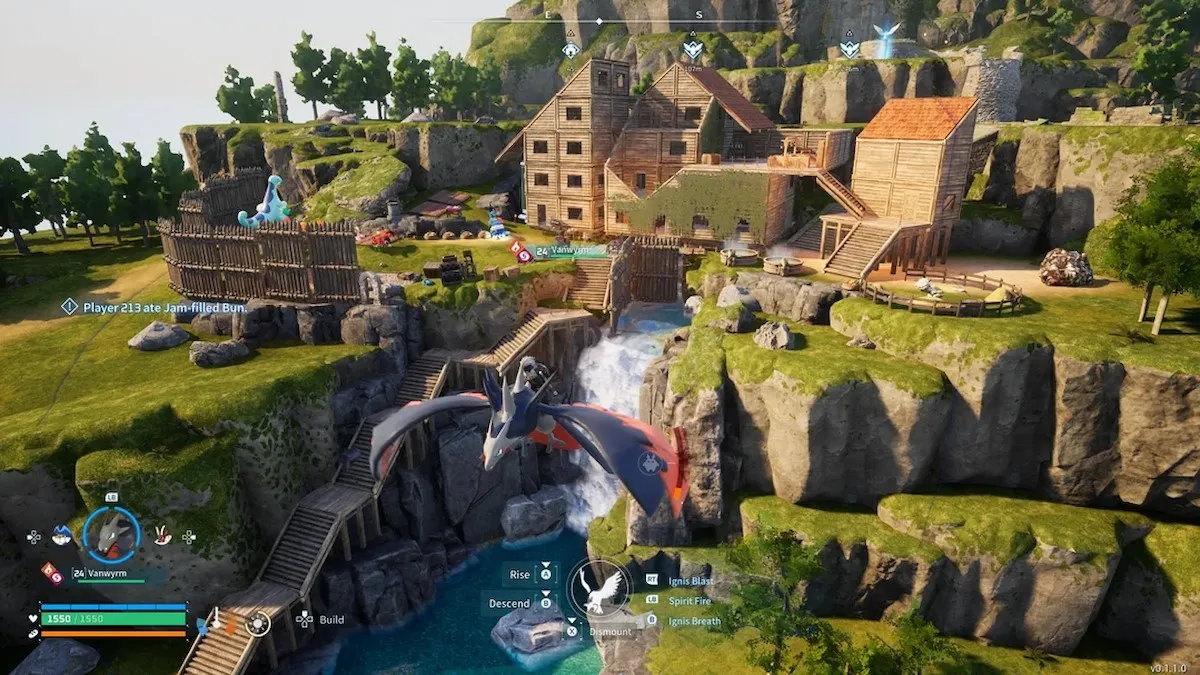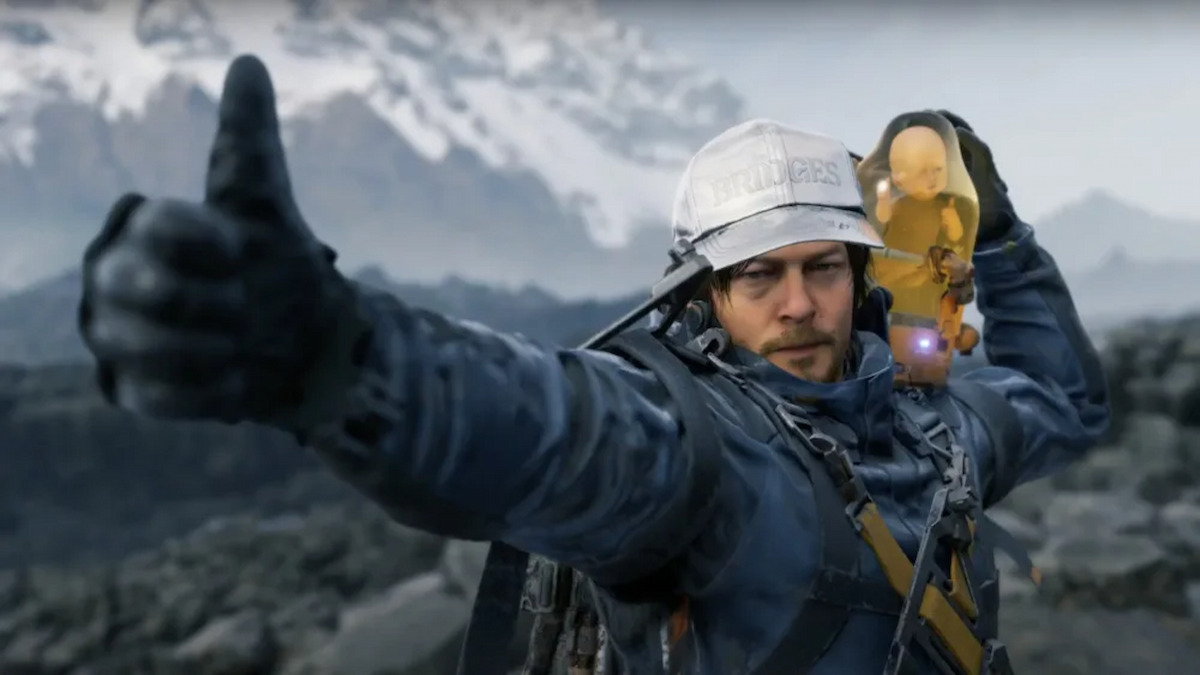Achievement 1: Securing Exclusivity for Second and Third-Party PS2 Games

Although the PSOne had well and truly put Sony on the map, its continued success in the next console generation was far from assured back in the year 2000. Of course, we all know how things played out: the PS2 would go on to completely dominate the era. But its market share was forged on much more than just goodwill from the previous generation. As Sony led the charge with its hotly anticipated PS2, Kazuo Hirai had a game plan to keep the console’s library stocked with quality exclusives.
During the PSone’s inception in the early nineties, Sony had placed a huge priority on working with fledgling game studios to compete with Nintendo’s inhouse first-party teams. Hirai expanded on this approach for the launch of the PS2, not only acquiring studios such as Naughty Dog, but importantly, also securing exclusivity for anticipated third-party titles. Games like Metal Gear Solid 2: Sons of Liberty and Grand Theft 3 would only be available on the PS2, which would prove to be a massive incentive for gamers to get onboard with the new console. Hirai also supplemented this by establishing so-called “second-party” studios such as Sucker Punch, who worked exclusively with PlayStation, developing hits like Sly Cooper and Ratchet and Clank.
Hirai’s decision to prioritize this initiative was instrumental in maintaining the PS2’s reputation for a diverse range of quality games.
Achievement 2: Taking on Nintendo’s Handheld Console and (Almost) Winning

When you think of Nintendo’s most iconic hardware, the NES, SNES, N64, and Wii home consoles often spring to mind first, but it’s arguably the company’s handheld systems that have been its strongest, certainly most consistent suit. SEGA had rivaled Nintendo’s SNES in the early nineties, and Sony had beaten them later that decade with the PSOne, but no company had stood toe to toe with Nintendo’s portable offering. Kazuo Hirai was out to change that, and that’s exactly what Sony did with its PSP.
Hirai famously said in 2005: “Some have said that the PSP is our answer to the (Nintendo) Game Boy. Well, here’s how we view the world: PSP will elevate portable entertainment out of the handheld gaming ghetto and Sony is the only company that can do it. We happily accept this challenge and, dare I say it, the baton has been passed.”
Sony’s PSP, launched in 2005, embodied the company’s “kando” philosophy: innovating awe-inspiring technology that emotionally move people. The PSP was sleek, streamlined, sexy and powerful. Its gorgeous screen and industry-leading graphics were unparalleled; far ahead of Nintendo’s equivalent. Notably, in tune with Hirai’s vision of amalgamating music, television, and gaming into one portable unit, this was at the forefront of the PSP’s design. Unlike the DS, Sony’s handheld could be used to do everything, and in an ecosystem predating smartphones, the PSP was hugely well received for including these feature. You could also play Ridge Racer on it, and who didn’t want to do that?
Although it wouldn’t reach the popularity of the Nintendo DS, one of the greatest selling consoles of all time, it certainly was a worthy competitor and offered experiences that DS owners couldn’t get.
The PlayStation Network

Although not without its growing pains, the PlayStation Network (PSN) has evolved into a superb service since it first launched in 2006. Built to compete with Microsoft’s innovative Xbox Live service, the network unified online gaming under a single format, as opposed to the individual third-party networks of the PS2 era. More than that, PSN has become a central hub to download games and updates, as well as log achievements, a social platform, and a means to keeping users constantly in touch with the world of PlayStation. PSN transformed Sony’s consoles to modern, always-connected devices that would facilitate the company to issue firmware updates to improve performance for the first time ever.
Since its earlier – and slightly lacking – implementation on PS3, PSN is now a streamlined interface that consistently performs well. Under the Hirai era, Sony forged a platform that has gone on to become one of the most accessible services, making it easier to share experiences and find new people to play games with.
The difference between what is on offer for social features on the PlayStation 4 and the PlayStation 3 is night and day. The Xbox platforms still certainly have an excellent service in Xbox Live as well, but it’s no longer an uncontested race like it was during the 7th generation. In 2017, when it’s harder to find opportunities to play together in person with friends, and as the generation that grew up on older consoles now become adults with jobs, Sony under House has stepped up its online service to make it easier for people to continue playing together. Basic features such as Parties were finally added alongside other neat features such as Share Play, recording, streaming, and communities.
It’s not going to be everyone’s cup of tea, and many players are happy being lone wolves without any need for these features. But for those that still want to be closer to others, but can’t, PlayStation Network has made great strides in improving its service over recent years.
Transforming Sony via PlayStation

In his recent statements acknowledging his decision to step down as CEO, Hirai spoke of his tenure as being defined by “transforming the company and enhancing its profitability”. Indeed, when Hirai moved from Sony Interactive Entertainment into the role of acting CEO in 2012, Sony was on the brink of serious trouble. Though the PlayStation brand had managed to claw back relative parity between itself and Xbox after its overpriced launch, Sony as a whole was on a downward trajectory. Having spent so much time at Sony Interactive and given his experience with the PlayStation brand, Hirai put a special priority on the PlayStation business to recover Sony’s fortunes.
The move paid dividends. By cutting back on Sony’s laptop and computer business, streamlining its TV line and investing in PlayStation, Hirai successfully reestablished Sony as an industry-leading electronics company.
The Failure: Launching PS3 with a Steep Price Point

The entire launch of the PS3 was a disaster for Sony. In one of his last major acts as head of the PlayStation division, Hirai took the stage to issue the bad news that the console would launch at the extremely steep price of $499 and $599 for its two versions. Stunned audiences gasped in horror as Hirai confirmed next-generation gaming would require “huge investment” and that to “risk” had to be taken in order to “reap the rewards”. The expensive cell-architecture of the PS3’s processor – which would later cause its own set of problems for software developers – pushed prices way beyond what anyone could have imagined. Shockingly, the base version of the PS3 launched with no Wi-Fi and dismal hard drive storage, which essentially made it a non-starter.
The PS3’s terrible first-impression saw Sony cede ground to Microsoft and forced them to play catch-up for the rest of the generation. Hirai’s successor, Jack Tretton, deserves a huge amount of credit for steadying the ship and eventually saw the PS3 catch up to the 360 worldwide. Although Hirai’s overall leadership as Sony’s CEO would later prove decisive in the company using the PlayStation brand as its focal point moving forward, Hirai’s final act as head of PlayStation certainly wasn’t Sony’s finest moment.













Published: Feb 6, 2018 1:51 PM UTC